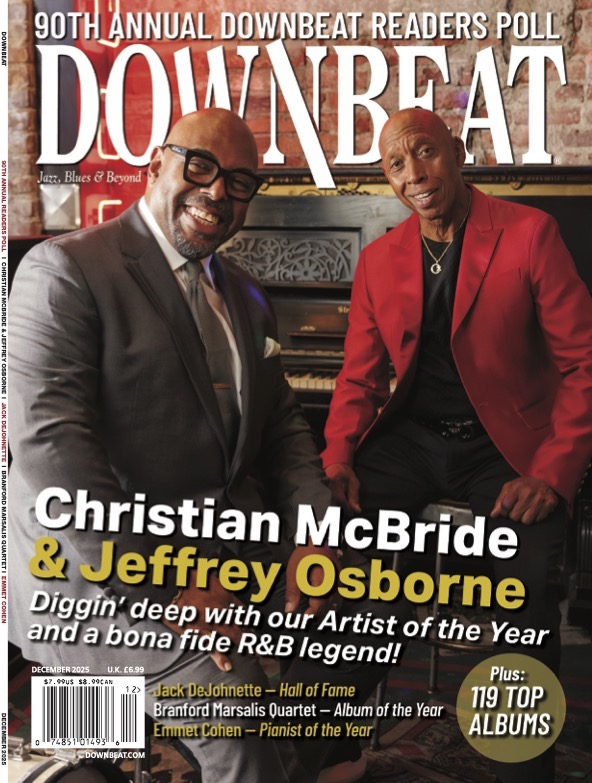Oct 28, 2025 10:47 AM
In Memoriam: Jack DeJohnette, 1942–2025
Jack DeJohnette, a bold and resourceful drummer and NEA Jazz Master who forged a unique vocabulary on the kit over his…
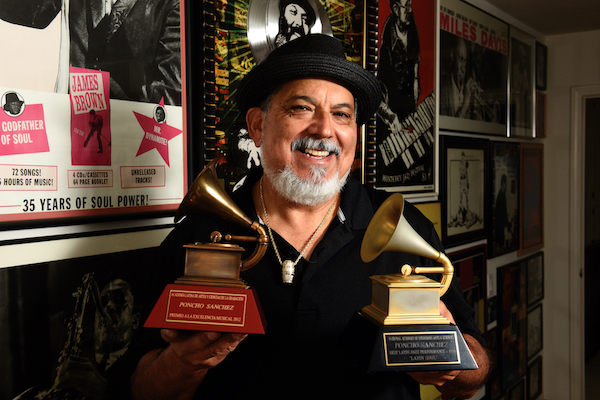
Poncho Sanchez’s new album, Trane’s Delight, offers a distinctly West Coast blend of Latin soul, r&b, post-bop and cool-jazz.
(Photo: Paul Wellman)Since then, Latin jazz has lost many more luminaries, including Santamaría, Tito Puente (1923–2000), Mario Bauzá (1911–’93) and Joe Cuba (1931–2009). Sanchez notes that Carlos Vidal (1914–’96), the conga player on the Jazz Crusaders’ “Soul Bourgeoisie,” is among the many musicians no longer with us.
If that puts more “torchbearer” weight on Sanchez’s shoulders, he’s quick to shrug it off. “A lot of people have told me that: You’re the keeper of the flame,” he said. “I don’t give myself titles or nothing. But people have said that. And I’m cool with that. These are my heroes: Mongo, Tito Puente, Cal Tjader, John Coltrane, Miles Davis, Count Basie, Duke Ellington. They’re my heroes and to me, I could never touch them. They’re too great. But I’ll try my best.”
Burk, however, believes Sanchez has been in the same league as many of his heroes for decades. Even back in the ’90s, when he saw Sanchez working with Puente and Santamaría, he could see it. “I noticed that all those guys treated [Sanchez] like an equal—and he was way younger,” Burk said. “He was the new kid who came up, but they all really respected him and considered him one of them. And that was almost 30 years ago.”
Hardt hopes that, with Trane’s Delight, critics and traditionalist jazz fans will give Sanchez the same level of respect he has long earned from his peers. “I really want the world to know Poncho’s greatness as a jazz musician, unqualified—not [just] Latin jazz,” he said. “Coltrane’s music is really the best possible vehicle for that.”
As for Sanchez, he seemed less concerned with legacies, either his own or Coltrane’s. Instead, he sounded rejuvenated, and eager to bring these songs on tour, where he can let his gifted band run wild.
“It’s not easy,” he said of reworking Coltrane’s music, particularly the band’s intricate arrangement for “Giant Steps.” But during the recording sessions, the band delivered. “They tore it up,” Sanchez said. “The boys were good and ready. We had played it on live dates for a couple of months before. So, when we got in the studio, the boys had that shit down.”
It’s likely that when these musicians hit the road, they will do the same—especially when they see their leader raise his taped fingers over his head, ready to strike, ready to push the intensity to another level. DB
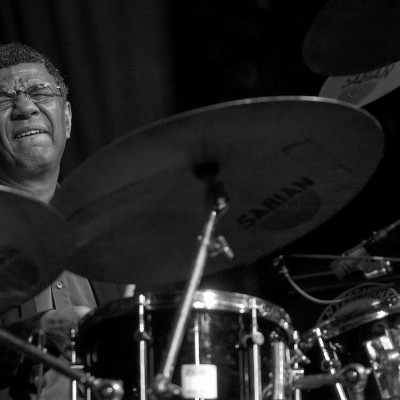
Jack DeJohnette boasted a musical resume that was as long as it was fearsome.
Oct 28, 2025 10:47 AM
Jack DeJohnette, a bold and resourceful drummer and NEA Jazz Master who forged a unique vocabulary on the kit over his…
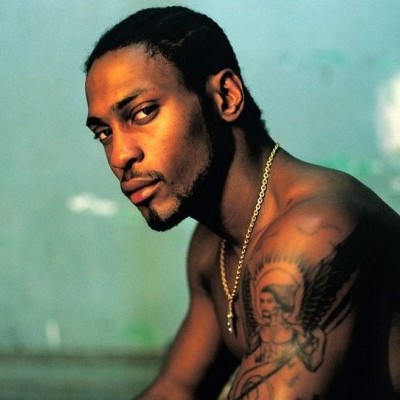
D’Angelo achieved commercial and critical success experimenting with a fusion of jazz, funk, soul, R&B and hip-hop.
Oct 14, 2025 1:47 PM
D’Angelo, a Grammy-winning R&B and neo-soul singer, guitarist and pianist who exerted a profound influence on 21st…
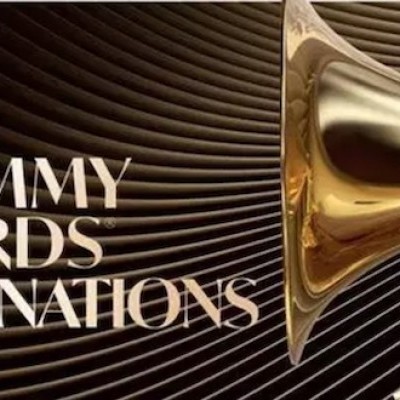
To see the complete list of nominations for the 2026 Grammy Awards, go to grammy.com.
Nov 11, 2025 12:35 PM
The nominations for the 2026 Grammy Awards are in, with plenty to smile about for the worlds of jazz, blues and beyond.…
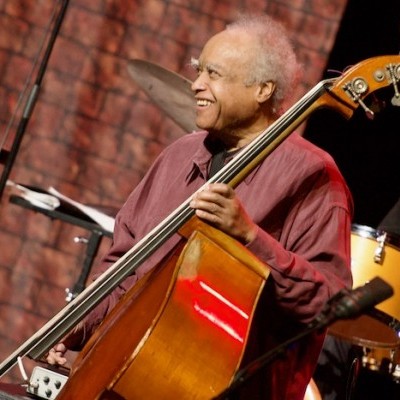
Drummond was cherished by generations of mainstream jazz listeners and bandleaders for his authoritative tonal presence, a defining quality of his style most apparent when he played his instrument unamplified.
Nov 4, 2025 11:39 AM
Ray Drummond, a first-call bassist who appeared on hundreds of albums as a sideman for some of the top names in jazz…
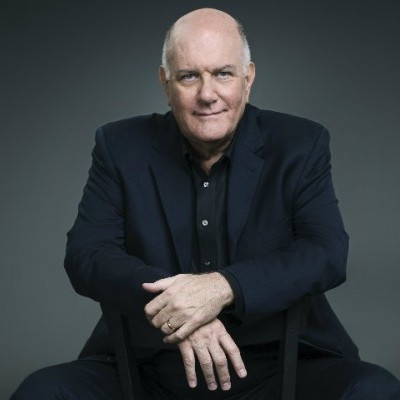
Jim McNeely’s singular body of work had a profound and lasting influence on many of today’s top jazz composers in the U.S. and in Europe.
Oct 7, 2025 3:40 PM
Pianist Jim McNeely, one of the most distinguished large ensemble jazz composers of his generation, died Sept. 26 at…

